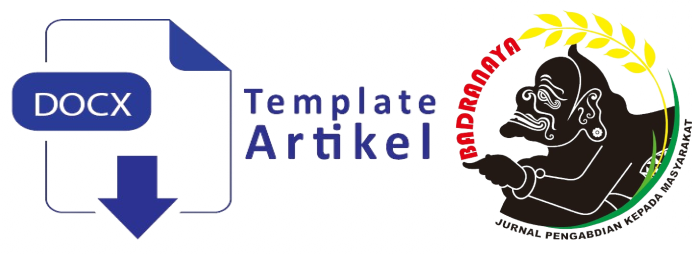Reviewer Guidelines
**Reviewers must register; if already registered, they can log in and proceed to the next steps.**
**The reviewer guidelines follow these provisions or can be downloaded here.**
**General Guidelines**
1. Mark incorrect parts that need to be changed.
2. Place marks on the right side of the incorrect line(s) that need to be modified.
**Detailed Guidelines**
1. Title : Effectiveness, specificity, and clarity.
2. Abstract. : Should summarize and describe the essence of the article.
3. Keywords : Should reflect the key concepts of the article.
4. Introduction : Should be up-to-date, original, relevant to the topic, and compatible with the significant reasons for the research object.
5. Research Methods : Should emphasize procedures and data analysis for empirical studies.
6. Results : Should provide accurate analysis.
7. Findings : Should include the latest discoveries, their relevance to related researchers, and the scientific contributions of the discoveries/ideas to scientific development.
8. Conclusion : Should be logical, valid, concise, and clear.
9 Suggestions : Should include practical actions, new theoretical developments, and recommendations for further research.
- **Figures/Tables**: Should be centered, not cropped, of good quality for viewing, have proper figure/table titles, and be referenced using capital letters.
- **References**: Should be recent and refer to primary sources. Rules:
- At least 80% must come from journals or related scientific research.
- Must be from the year 2007 or later.
- A minimum of 10 book sources.
- At least 80% must be cited within the text.
**Complete Manuscript Review Process**
- **Writing**:
- Is the manuscript easy to follow, with logical development and clear organization?
- Is the manuscript concise and easy to understand?
- Are there any sections that should be reduced, removed, expanded, or added?
- Check for significant issues with grammar, punctuation, and spelling. If only a few places are incorrect, provide notes to inform the author. If errors are consistent throughout, highlight one or two examples instead of attempting to edit everything.
- **Abbreviations**: Should be used wisely and structured so that readers can easily remember what they represent.
- **Adherence to journal style, format, and rules.**
- **Citations**: Should be provided when presenting evidence-based information from external sources.
**Decision Categories**
1. Publish: No revision needed.
2. Minor Revision: Revisions can be done by the Editor-in-Chief or designated reviewers.
3. Major Revision: Revisions must be made by the author.
4. Rejected : The manuscript is either unscientific or requires excessive revisions.

 Hubungi Saya
Hubungi Saya










